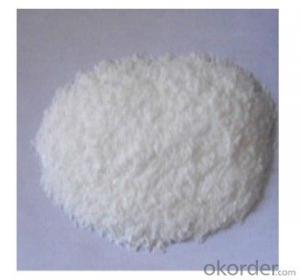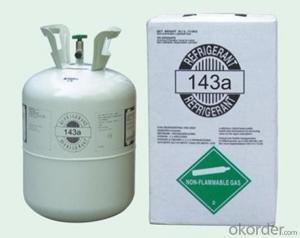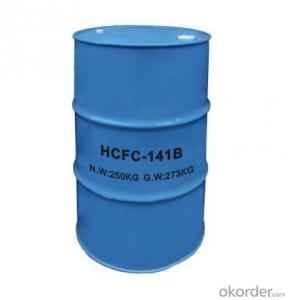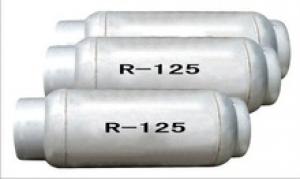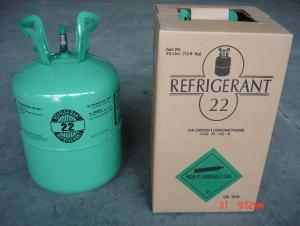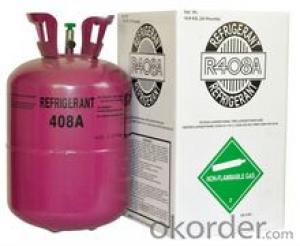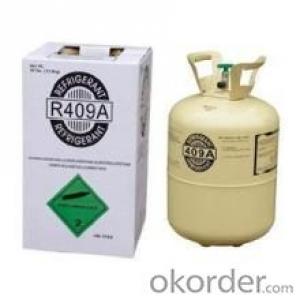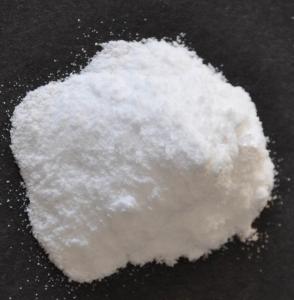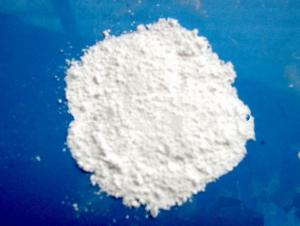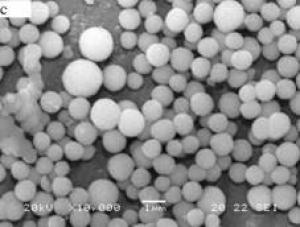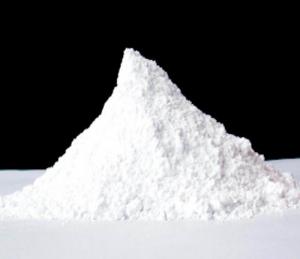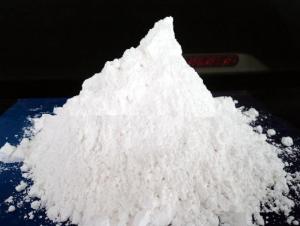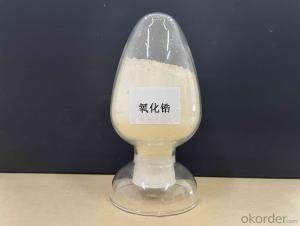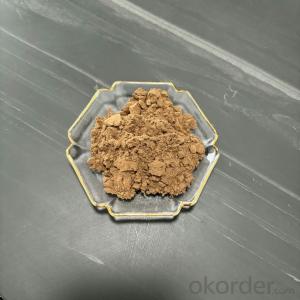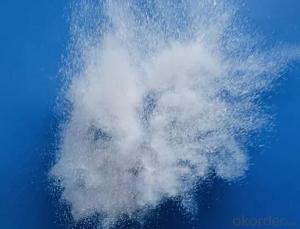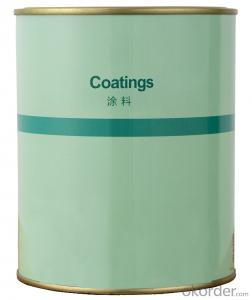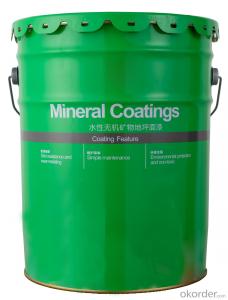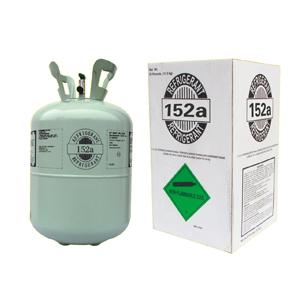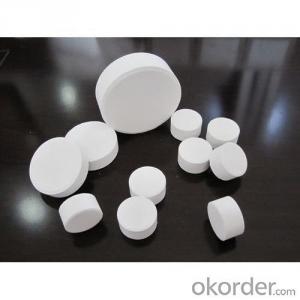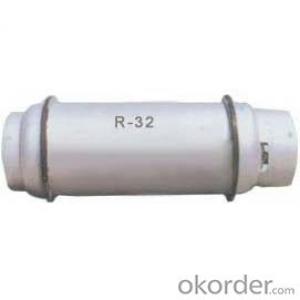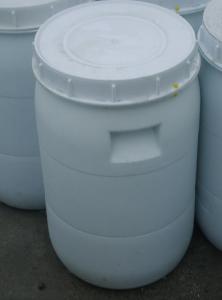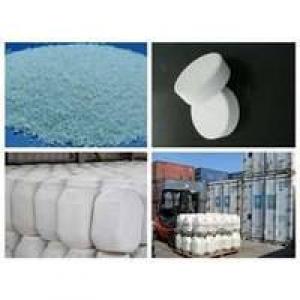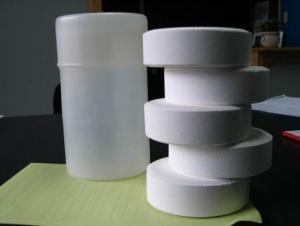Stearic Acid SA1800
- Loading Port:
- Tianjin
- Payment Terms:
- TT OR LC
- Min Order Qty:
- -
- Supply Capability:
- 8000MT/month m.t./month
OKorder Service Pledge
OKorder Financial Service
You Might Also Like
Stearic acid
Formula: C18H36O2
Structural Formula:CH3(CH2)16COOH
Product Description:
Shaped like Lump, flake; Saturated fatty acid mainly with C16 and C18, white flake solid at ambient temperature, not dissolved in water, slightly dissolved in benzene and carbon bisulfide, and easily dissolved in hot alcohol. No smell no poison. It has the general chemical properties of organic carboxylic acid.
Physicochemical Properties:
pure product is white with a shiny soft small pieces, melting point 69.6 degrees, the boiling point of 376.1 degrees. Relative density 0.9408, refractive index 1.4299, slowly volatile in the 90-100 degrees. Slightly soluble in cold water, soluble in alcohol, acetone, soluble in benzene, chloroform, ethyl ether, carbon tetrachloride, carbon disulfide, toluene and so on.
Specification:
Item | Index | |||||
Grade No. | 1842 | 1838 | 1820 | 1860 | 1870 | 1880 |
Iodine value gI2/100g ≤ | ≤5.0 | ≤5.0 | ≤5.0 | ≤6.0 | ≤7.0 | ≤8.0 |
Saponification value mgKOH/g | 206~211 | 206-213 | 214-216 | 193-220 | 193-220 | 192-218 |
Acid value mgKOH/g | 208~210 | 210~211.5 | 214-225 | 182-218 | 192-218 | 193-220 |
Chroma (Hazen) ≤ | ≤60 | ≤80 | ≤100 | 200-400 | ≤150 | 400 |
Freezing point °C | 54~57 | 54~57 | 55~57 | 54 | 52 | 52 |
Moisture % ≤ | ≤0.2 | ≤0.2 | ≤0.2 | ≤0.3 | ≤0.3 | ≤0.3 |
Inorganic acid % ≤ | 0.001 | 0.001 | 0.001 | 0.001 | 0.001 | 0.001 |
Suggest Uses:
Mainly for the production of stearic acid salts: Widely used system for cosmetics, plastic cold-resistant plasticizer, release agent, stabilizer, surfactants, rubber vulcanization accelerator, waterproof agent, polishing agent, metal soap, metal mineral flotation agent, softeners, pharmaceuticals, and other organic chemicals.
In addition, oil-soluble pigments can be used as solvents, crayons transfer slip agent, waxed paper lighting agent, stearic acid glyceride emulsifier, etc..
Packing :25/50kg in PP bag ,25MT/20GP
Product Storage:
in dry warehouse ventilation should be more than 10mm from the ground to avoid damp products in the above-mentioned conditions, from the date of delivery for one year shelf life.
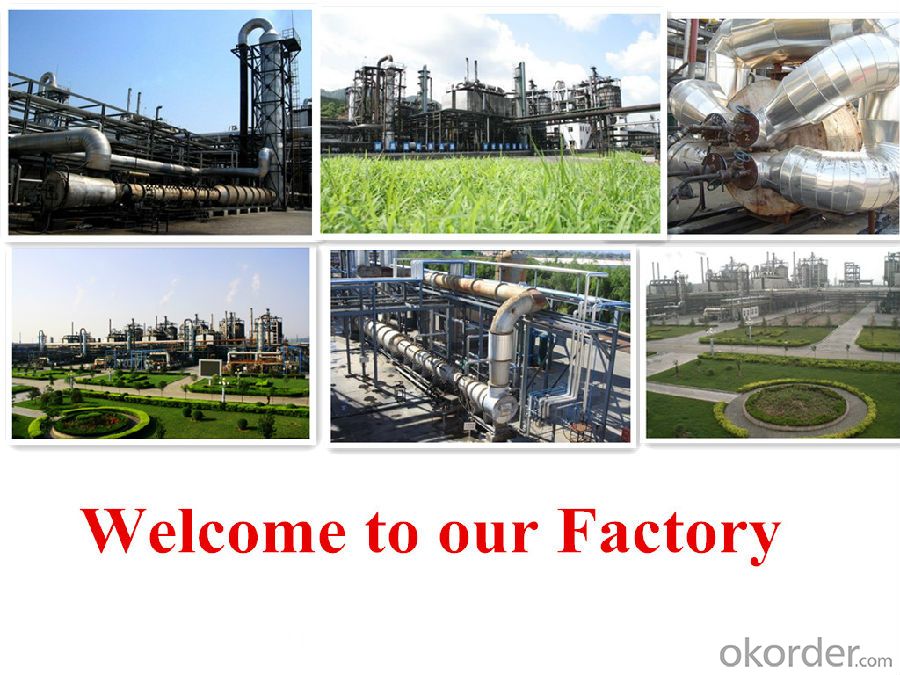

- Q:Is the system name of a hydrocarbon derivative named if the question can be named according to the nomenclature of the alkane?
- Halogen can be named after the alkane, the other can not
- Q:What is the difference between crude oil and asphalt?
- Difference: Asphalt is composed of different molecular weight hydrocarbons and non-metallic derivatives of dark brown complex mixture, is a high viscosity organic liquid, was liquid, the surface was black, soluble in carbon disulfide. Asphalt is a waterproof moisture and corrosion of organic cementitious materials. Asphalt can be divided into coal tar pitch, petroleum asphalt and natural asphalt three: Among them, coal tar pitch is a by-product of coking. Petroleum asphalt is the residue after distillation of crude oil. Natural asphalt is stored in the ground, and some of the formation of ore or in the crustal surface accumulation. Asphalt is mainly used for coatings, plastics, rubber and other industries and pavement and so on. Crude oil (44.27,0.27,0.61%) is the upstream raw material of asphalt, there is a strong correlation between the two prices. For the asphalt industry, the impact of the upstream industry is mainly reflected in the fluctuations in crude oil prices, crude oil processing capacity changes in oil asphalt production and product prices fluctuations. From the downstream demand point of view, asphalt products are mainly used in highways, municipal roads, bridges and airports and other places of the laying of which highway construction for the consumption of asphalt accounted for 82%. In the case of a certain capacity, the increase in downstream demand will further promote the growth of asphalt prices, on the contrary, will bring the price down.
- Q:What is a derivative?
- Derivative refers to a compound formed by the substitution of atoms or radicals in a parent compound molecule by other atoms or radicals, known as derivatives of the parent compound. Derivatives named, the general parent compound as the main body, with other groups as a substituent. Such as: halogenated hydrocarbons, alcohols, aldehydes, carboxylic acids can be seen as derivatives of hydrocarbons, because they are hydrogen atoms of hydrocarbons are replaced by halogen, hydroxyl, oxygen and other products
- Q:Storage of organic chemicals in the warehouse, ventilation requirements
- Dangerous chemicals every time out of danger before the warehouse, dangerous warehouse should first open the fan, keep ventilated to avoid the concentration of flammable and explosive gases in the air is too high;
- Q:Is the reaction of carboxylic acid and ammonia easy?
- Easy acid and alkali reaction
- Q:Commodity fine chemical industry is good or organic intermediates synthesis is better?
- Personal feeling Commodity fine chemical industry is good, such as cosmetics, daily chemicals, if it is high-end products, the profit is very high.
- Q:What is the derivative of benzene?
- Benzene homologues: the structure of similar molecular composition of a number of different groups of CH2 atoms.
- Q:Artemisinin is not a derivative of hydrocarbons
- Artemisinin is a colorless needle-like crystal obtained from the compound inflorescences Artemisia annua L., which is (3R, 5aS, 6R, 8aS, 9R, 12S, 12aR ) - octahydro-3,6,9-trimethyl-3,12-oxo-12H-pyran [4,3-j] -1,2-benzodiazepine-10 (3H) -one. Molecular formula for the C15H22O5.
- Q:What are the oxygen consumption of the oxygen-containing derivatives of the mass hydrocarbons?
- For this comparison, you can see the experimental formula of this material, a C corresponds to an oxygen, 4 H corresponds to an oxygen, the experimental consumption of oxygen up, then under the same quality conditions, the greater the oxygen consumption of this material
- Q:Chemical life network: chemical (inorganic reaction, organic reaction) is equal to the life of life reaction?
- Inorganic chemistry is a science that studies experimental and theoretical explanations of the properties and reactions of all the elements and their compounds, in addition to hydrocarbons and their derivatives, and is one of the earliest disciplines in the development of chemistry.
1. Manufacturer Overview |
|
|---|---|
| Location | |
| Year Established | |
| Annual Output Value | |
| Main Markets | |
| Company Certifications | |
2. Manufacturer Certificates |
|
|---|---|
| a) Certification Name | |
| Range | |
| Reference | |
| Validity Period | |
3. Manufacturer Capability |
|
|---|---|
| a)Trade Capacity | |
| Nearest Port | |
| Export Percentage | |
| No.of Employees in Trade Department | |
| Language Spoken: | |
| b)Factory Information | |
| Factory Size: | |
| No. of Production Lines | |
| Contract Manufacturing | |
| Product Price Range | |
Send your message to us
Stearic Acid SA1800
- Loading Port:
- Tianjin
- Payment Terms:
- TT OR LC
- Min Order Qty:
- -
- Supply Capability:
- 8000MT/month m.t./month
OKorder Service Pledge
OKorder Financial Service
Similar products
New products
Hot products
Related keywords
